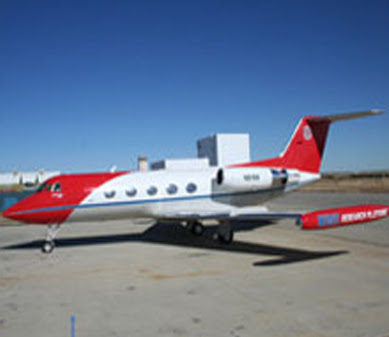It's difficult to believe that an airplane flying in the tropics in the summer could have an engine fill up with ice, freeze, and shut down. But the phenomenon, known as engine core ice accretion, has happened more than 150 times since 1988 — frequently enough to attract the attention of NASA aviation safety experts, who are preparing a flight campaign in northern Australia to learn more about this occasional hazard and what can be done to prevent it.
"It's not happening in one particular type of engine and it's not happening on one particular type of airframe," said Tom Ratvasky, an icing flight research engineer at NASA's Glenn Research Center in Cleveland. "The problem can be found on aircraft as big as large commercial airliners, all the way down to business-sized jet aircraft." And it has happened at altitudes up to 41,000 feet.
No accident has been attributed to the phenomenon in the 23 years since it was identified, but there have been some harrowing moments in the air. In most of the known cases, pilots have managed to restore engine power and reach their destinations without further problems. According to the Federal Aviation Administration, there have been two forced landings. For example, in 2005, both engines of a Beechcraft business jet failed at 38,000 feet above Jacksonville, Fla. The pilot glided the aircraft to an airport, dodging thunderstorms and ominous clouds on the way down. Engine core ice accretion was to blame.

No comments:
Post a Comment